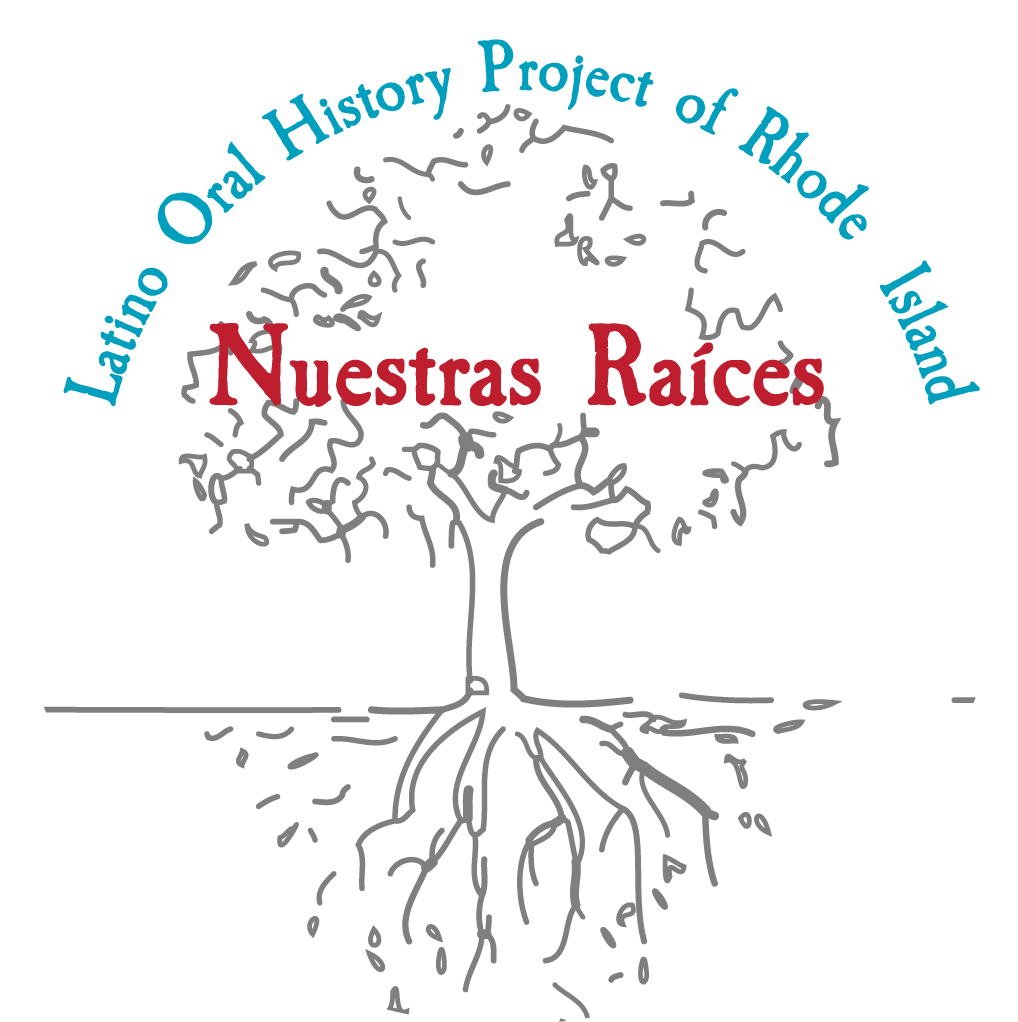El Club Panamericano, a Latin-American social club made up mainly of women, holds first meeting in Providence.
1940
On August 4, 1942 the Bracero Program, one of the most important events in the history of U.S.-Mexican relations, is implemented. Under this program, the government encouraged Mexican citizens to come to the U.S. to relieve the massive labor shortage caused by WWII, particularly in agriculture.
1942
On February 20, 1943, suffering from lack of agricultural workers, Newport county farmers send a plea to local officials to look into a promise made to them by the Farm Security Administration officials to send at least 100 Mexican laborers to ease the farm labor shortage in Rhode Island.
1943
In 1944, Puerto Ricans first move into naval base housing in Newport.
1944
On January 5 1944, 60 Mexican men, as part of the original Bracero Program are brought from California and Texas to a labor camp in East Greenwich to help meet a labor shortage suffered by the railroad in the Northeast due to WWII. They work in East Greenwich, Providence, East Hartford, Springfield and New Haven to lay down and maintain railroad tracks that connect the West Coast and East Coast, United States. Two months later, 82 more men arrive.
1944
“Operation Bootsrap” goes into effect, initiating a program of industrial and labor exchange between the U.S. mainland and Puerto Rico.
1947
In March of 1949, Zanoni Ortega originally from Mérida, Yucatan, México arrives in Providence to begin a residency in radiology at Roger Williams General Hospital. His wife, Estela and their three children (Elia Astrid, Landy Eugenia and Victor Javier) join him in October. They have two more children while in Rhode Island: Nancy and Kenny. They are the first recorded Mexican family to date, who remain in Rhode Island for the next five decades. Zanoni passes away in 1992.
1949
A residency at St. Joseph Hospital bring Argentinian Dario Herrera, MD and his wife Blanca first to Fall River, and then to Providence. Dr. Herrera is one of three physicians at the Hindle Memorial Clinic placed there by the hospital in the 1950s and 60s. Dr. Herrera, a cardiologist, continues his practice until his death in 2004.
1954
On February 16, 1959, Castro is sworn in as Prime Minister of Cuba. In 1960 most economic ties between Cuba and the United States are severed, and the U.S. breaks diplomatic relations with the island country in January 1961.
1959
Josefina (Doña Fefa) and Antonio Rosario open a bodega, the first Latino-owned business in Providence, at 1234 Broad Street in the Washington Park neighborhood of South Providence.
1960s
To contribute, click here.

